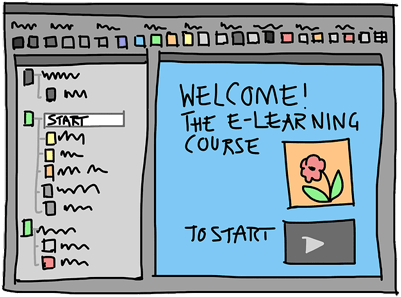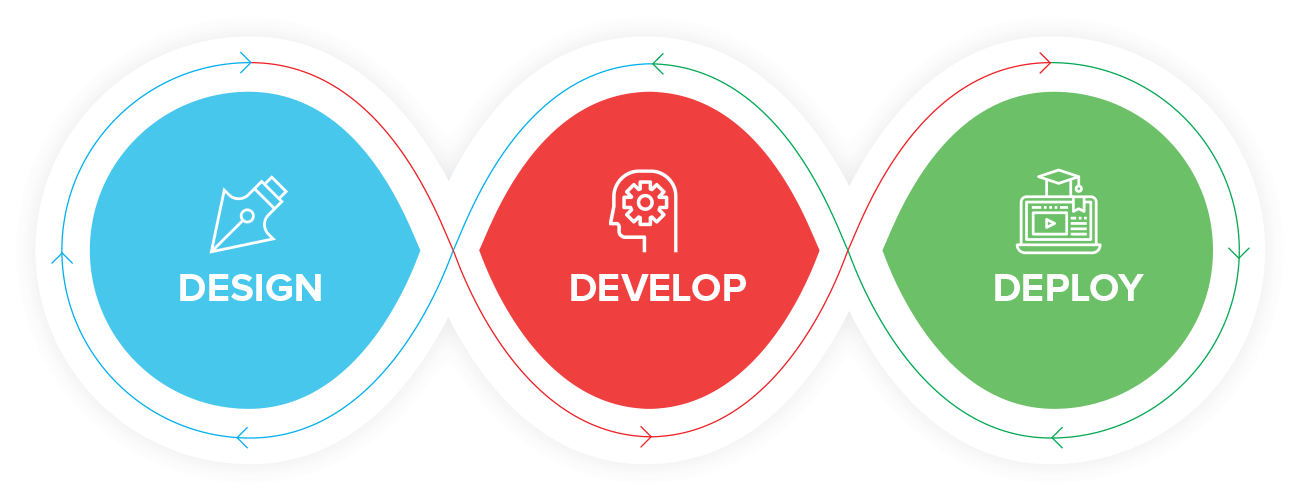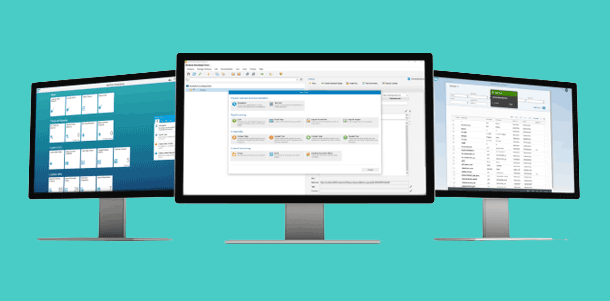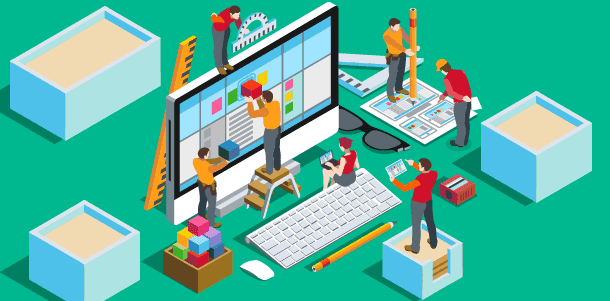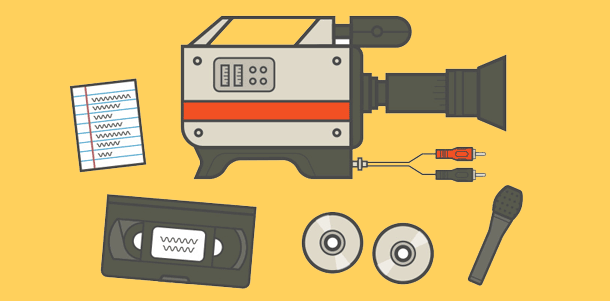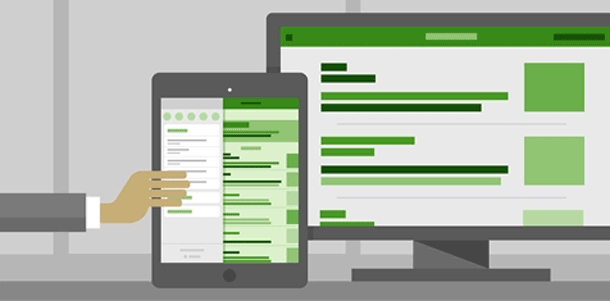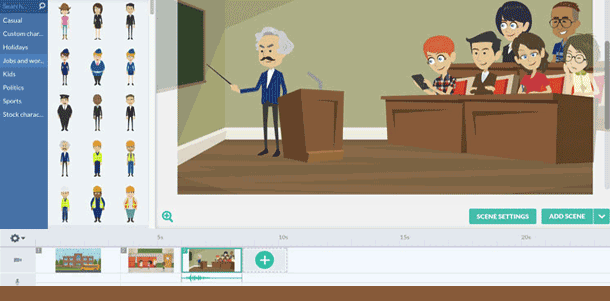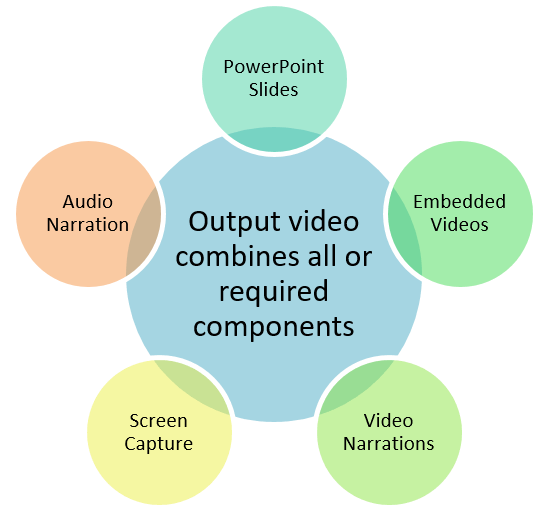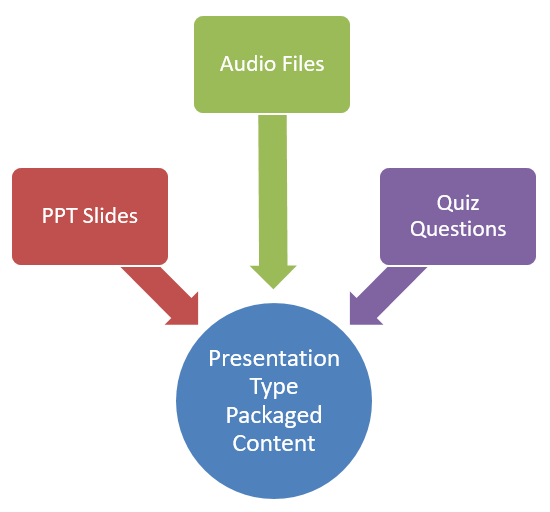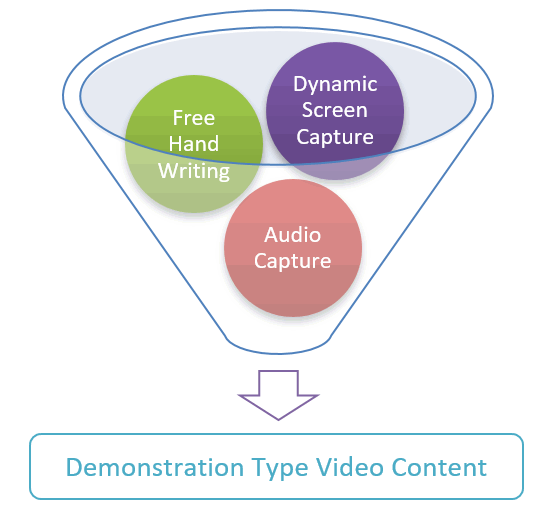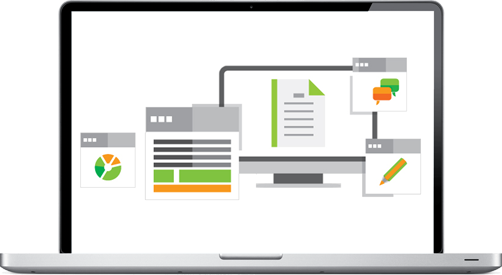About e-learning content
- Any document file, presentation file, audio file or video file can be considered as e-content.
- E-contents are used as study material or lectures, assignments, projects, test questions, question-answer bank, practice exercises.
- E-learning contents are created through various content creation tools – some of them are the day-to-day desktop tools we use and some are specialized ones requiring minimal to high levels of expertise.
- In e-learning environment, learners normally prefer audio-visual contents for study material purpose, while text contents are generally used for learner take-aways, assignments, projects, practice exercises and question-answer bank.
